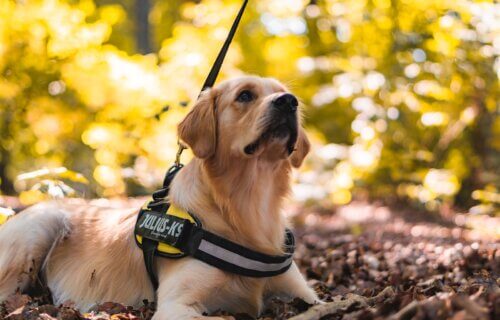While most dogs may have the “job” of being man’s best friend, others dogs are actually workers. Dogs can serve many jobs – therapy, search and rescue, herding, and so much more. A vital job that these animals can serve for some people is also being a guide or Seeing Eye dog. There are many foundations that will help match a Seeing Eye dog/guide dog with an individual who is blind or may have a vision impairment. The foundations will train the dogs to a level of excellence to best serve and assist someone. The best Seeing Eye dogs will learn how to lead a person in a straight line while finding and following a clear path. If an obstacle comes about, the Seeing Eye dog will maneuver the person around the obstruction or stop and change paths.
While in public these working dogs are trained to be well behaved and well mannered, though they still enjoy cuddling and playing like any other pet would. There are many intelligent and compassionate breeds commonly trained to be Seeing Eye dogs such as Labrador Retrievers (as well as lab mixes), Golden Retrievers, German Shepards, Australian Shepards, and Poodles (as well as poodle mixes).
Trusting our pups to lead us can feel very vulnerable and requires a strong connection between a dog and their owner. A recent study found that a dog that is bonded with a human will be fast to respond to them. Finding a mutual bond with a Seeing Eye dog is an important part of the success of having a service animal. Researchers at Johns Hopkins University tested the extent dogs would go to check upon the state of a crying owner, measuring just how far and fast they’d go to get to their loved ones. The authors also measured the dogs’ stress levels during the test, and found that the dogs who were able to reach their crying owners showed lower levels of stress than non-responsive dogs. They believe this means that, though the dogs were bothered by the crying, their stress was alleviated because they were able to take action. It is important that a service animal and their handler are bonded as there are many situations that the two may encounter with one another.
Overtime dog breeds have been found to have larger brains than their ancestors. So, why are modern dog breeds developing bigger brains? A recent study says that today’s breeds may be adapting to the increasing impact of urbanization in the modern world, which brings about more rules and expectations for man’s best friend. New jobs for dogs have been created as they continue to be trained and adapt to their surroundings.
StudyFinds set out to do the research for you, visiting 10 expert websites that offer reviews of the best Seeing Eye dog breeds most recommended by canine experts. If you have your own suggestions, please leave them in the comments below!
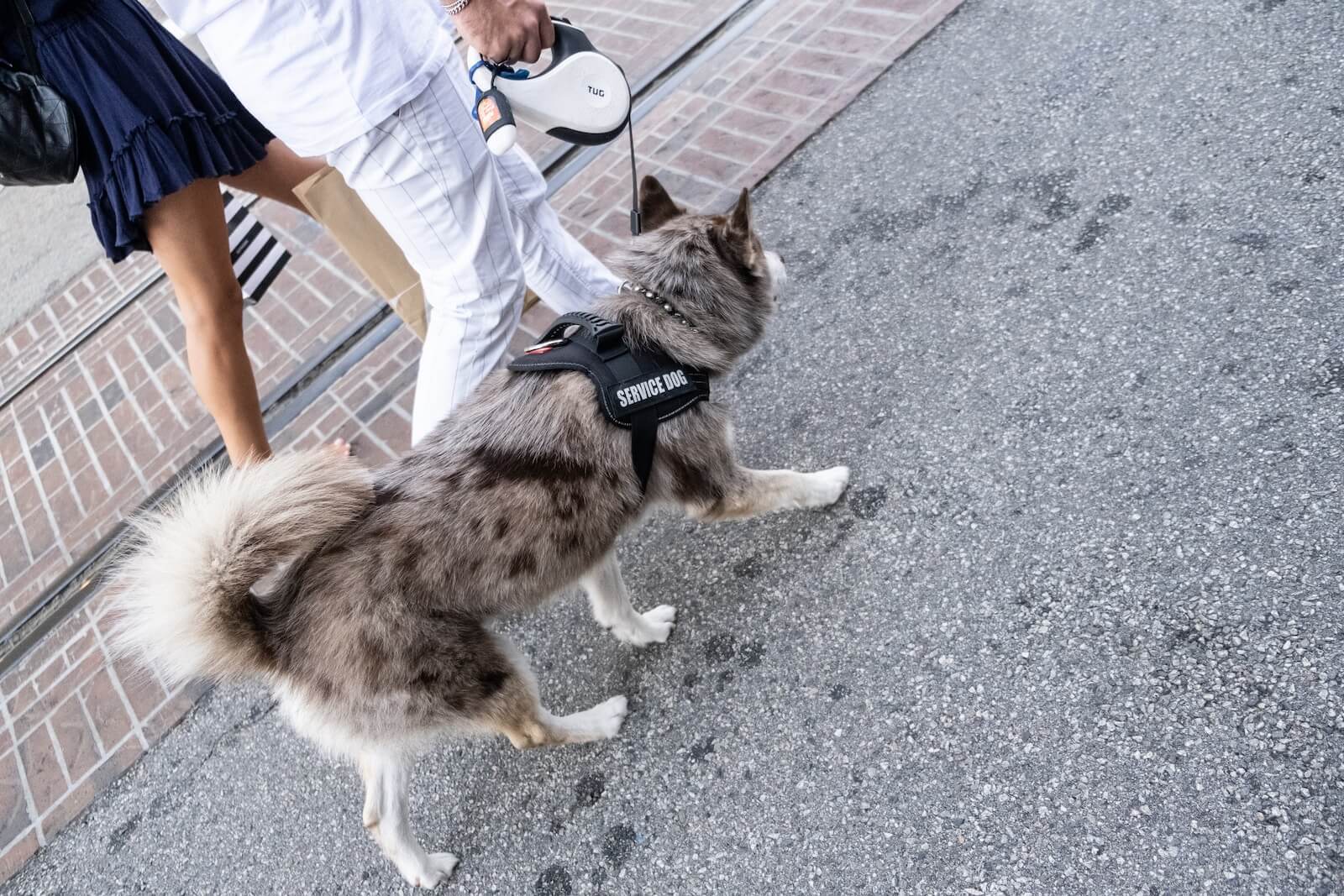
The list: Best Seeing Eye Dog Breeds, According to Experts
1. Labrador Retriever
Labrador Retrievers are known for their mild temperament and sweet spirits. Labs are a common pet found in households across America as they continue to be a great family dog. They have been found to be a popular breed to serve as Seeing Eye dogs given their training abilities. “The Labrador Retriever is the most popular breed for a guide dogs throughout the world! Renowned for their intelligence and loyalty, Labs are easy to teach and love to lead the way. With their calm demeanor and strong work ethic, it’s no surprise the lovable Lab tops the chart as the most successful guide dog,” says Pawzy.
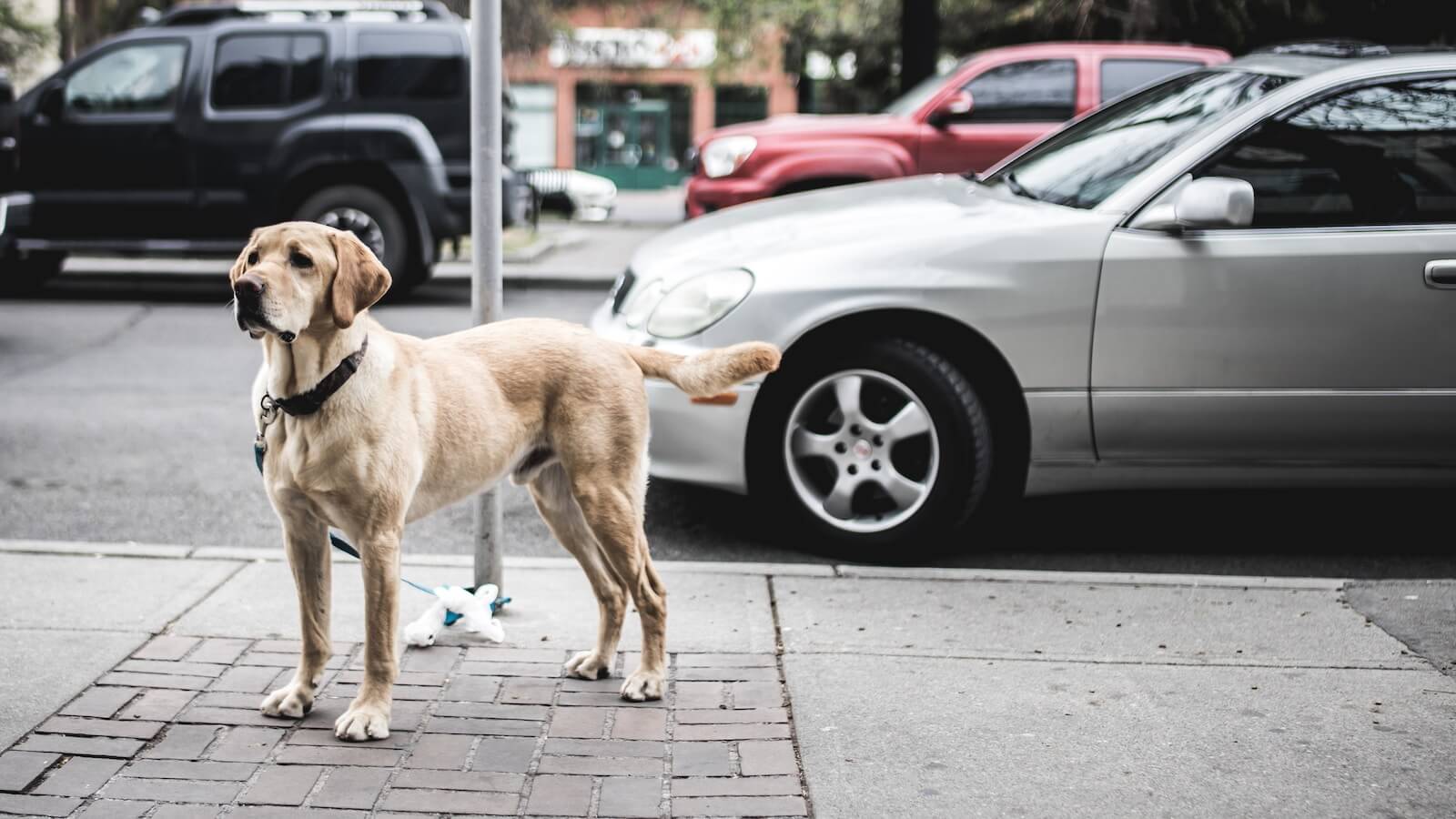
Labrador Retrievers are the most common working dog, part of their success comes from their ability to bond well with the handler. “Labrador Retrievers, who constitute about 60 percent of these working dogs, have proven to be the most successful guide worldwide, mainly because there is enough variation within the breed to meet blind students’ myriad needs. “‘It’s a 50-50 relationship,’ says a handler who’s worked with one Lab, two mixed-breed Labs and two Goldens, and now is partnered with a Labradoodle. ‘Neither one of us is in total control at any given time. Both of our lives depend on what the other one does. Neither of us may be able to make a safe street crossing alone, but together we do it gracefully,'” explains The Wildest.
A purebred Labrador Retriever is not a requirement for them to be a Seeing Eye dog, they have also found that cross breeding the Labrador with other breeds can combine great traits of two breeds. “The most popular service dog breed today is the Labrador Retriever due to its size range, short hair coat, and mild temperament; however, a lofty pedigree is not a job requirement for canine assistance animals. Cross breeds, like Golden Retriever/Labrador mixes, work really well. Standard Poodles mixed with Labradors or Golden Retrievers do not shed much, making them good choices for people with allergies,” adds VCA Hospitals.
“Labrador Retrievers are the world’s most popular dog and they have all the attributes required to also make the best guide dogs on the planet,” adds Scotsman. Just another valid reason to add a Labrador Retriever to your list of potential pets!
2. Golden Retrievers
Golden Retrievers have a natural golden personality to match their beauty. They are very personable, trainable and socialize well with people and other animals. Goldens are easily trained and show commitment to their handlers which makes them a great match for working as a Seeing Eye dog.
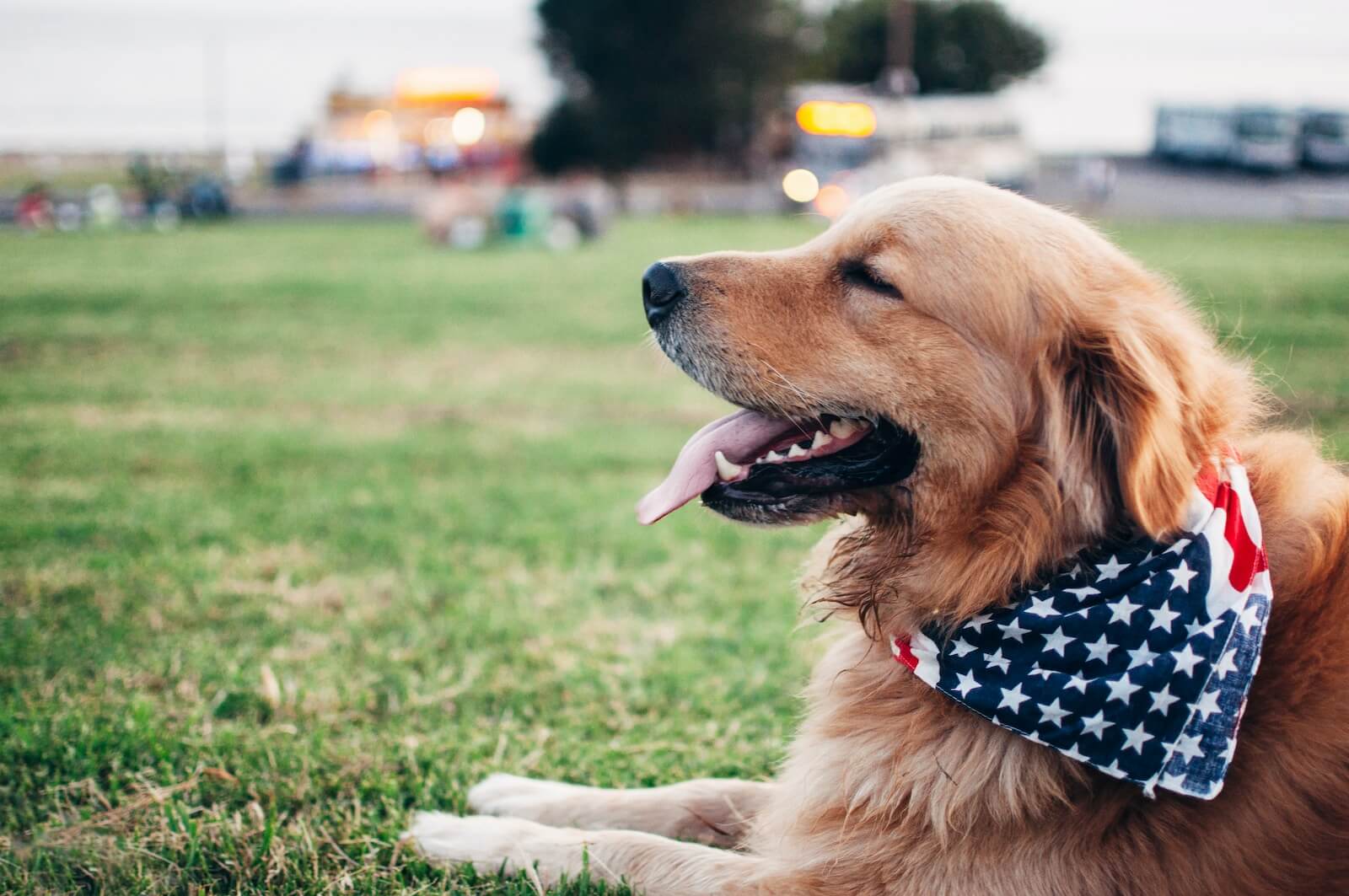
Recognizable and friendly, Golden Retrievers are more than just their cute looks! “The Golden Retriever is loved for many reasons, one of which is their ability to take control. Goldens have the benefit of being both recognizable and friendly, but also a good worker when given a job. While Goldens can be fairly high energy, they are just as happy to enjoy a quiet evening at home if they have undergone proper training,” says Pawzy.
Many of the qualities found in the Labrador Retriever can also be found in a Golden Retriever. “What is true of the Labrador Retriever tends to also be the case for their close cousin the Golden Retriever. This includes that they make great guide dogs, dedicated to their owner with a loving and relaxed personality,” adds Scotsman.
Golden Retrievers have gained popularity as service dogs for the blind. “To address some of the temperament and health downsides that can come with German Shepherds, other breeds have gained popularity as service dogs for the blind. One is the Golden Retriever. With a bit more of a laid back personality, the Goldie gets big praise for being easy to work with while still providing a recognizable presence when working in public,” explains Easy Pet.
3. German Shepherds
German Shepherds are highly intelligent and have a natural intuition. They learn quickly and are active making them a great working dog. “German Shepherds pride themselves on their devotion and adaptability. Their high intelligence and good intuition makes them great guide dogs, but they need lots of exercise before they can chill out! While they are working dogs and learn quickly, German Shepherds do best with an active owner and experienced training,” says Pawzy.
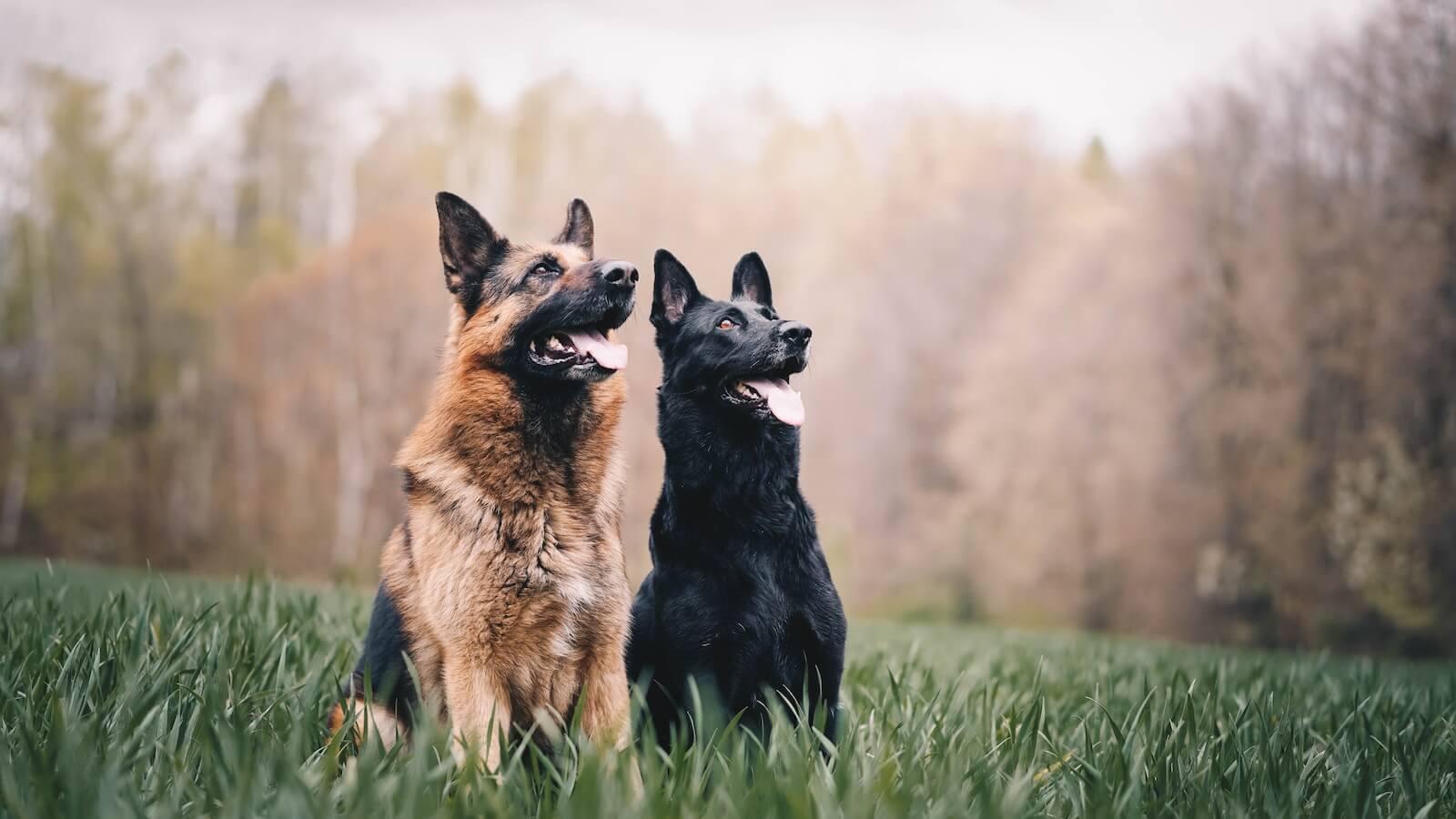
Used as the first Seeing Eye dog, German Shepherds were trained as guides after they were successfully used in military service. “The very first breed used as Seeing Eye Dogs were German Shepherds. Germans, who had been successfully using these dogs in military service, began to train these dogs to help WWI veterans in their country. It took almost a decade for the use of German Shepherds as guide dogs for the blind to spread across Europe and the United States. In 1929 The Seeing Eye school in Nashville, Tennessee was opened in the U.S. and German Shepherds were used exclusively for many years to come. However, as iconic as the German Shepherd guide dog for the blind may remain in the public imagination, the truth is that it has fallen somewhat out of favor as other breeds such as the Lab and Golden retriever have become more popular as service dogs,” explains Easy Pet.
German Shepherds are valued for many reasons thanks to their intelligence and loyalty. “The same attributes that make German Shepherds valued army, police and service dogs – intelligence, loyalty and adaptability – means that they are a perfect partner for blind or partially sighted people,” adds Scotsman.
4. Australian Shepherd
Australian Shepherds have the ability to do just about anything with a dedicated trainer! They have been bred to vary in sizes and color as well. “Australian Shepherds are intelligent, good-natured, and full of energy! This makes them an excellent choice for an active person in need of a guide dog. When given proper training, this breed can do just about anything. If you’re looking for a gorgeous pooch to stand out from the pack, the Australian Shepherd is a great choice,” says Pawzy.
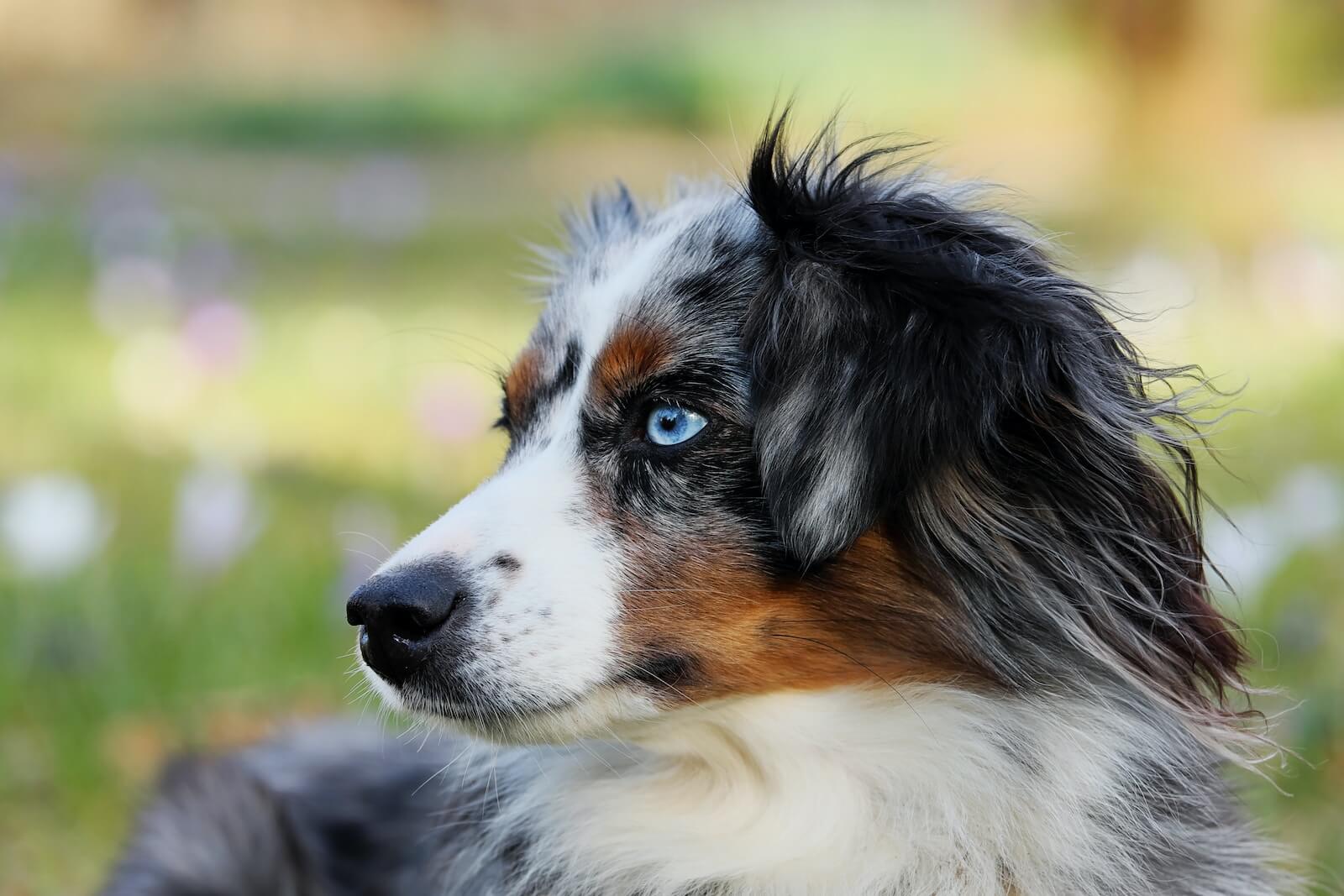
The history of the Australian Shepherd being bred to herd has naturally helped them fit the Seeing Eye dog criteria. “The Australian Shepherd is another breed whose history as a herding dog makes them a natural fit for guide dog duties. They are a particularly good choice for blind or partially sighted people who are very active,” adds Scotsman.
“These dogs are smart and adaptable and can learn fairly quickly. It is also pretty good-looking so if you want to have a fluffy guide dog that has an incredibly soft coat, the Australian Shepherd is the way to go. The popular Aussie is also rather active and physically demanding so they are mostly paired with visually impaired people who have active hobbies,” explains World Dog Finder.
5. Poodle
Poodles may come as a surprise to some as a working dog breed. They are highly intelligent which allows them to be quick to train! “Poodles rank among the most intelligent dog breeds. They are easy to train and quick to please. And, thanks to the fact that they are hypoallergenic, they are making headway as guide dogs for blind people who are allergic to dogs. A potential downside of this breed is that many in the public may be so surprised by the use of a Poodle as a guide dog, they may rush over to pet or otherwise interfere with her work,” explains Easy Pet.

Poodles are a great option for a service dog. Standing tall and attentive, they learn and take deep pride in their job as Seeing Eye dogs. “Poodles are not only smart, they are eager to please and quick to learn! Poodles stand tall, proud, and are very reliable once they have a job to do. The problem with Poodles as guide dogs lies with the public, not the pooch. Poodles appear much more approachable than a German Shepherd, and people often mistake it for a pet rather than a service dog. This can be distracting, so be sure to teach your pal what it means to be on and off duty,” says Pawzy.
Being adaptable is an important trait found in Seeing Eye dogs. Poodles are able to do just that! “They are adaptable and can take just about any role we ask them to take. With proper training and handling, the Poodle can be an amazing guide dog for the blind,” adds World Dog Finder. It is often seen that these qualities of poodles will be cross bred with labs or goldens, giving us labradoodles/goldendoodles!
You might also be interested in:
- Best Dog Breeds for Families
- Best Medium-Sized Dog Breeds
- Best Dog Breeds for Home Security
- Best Hypoallergenic Dog Breeds
Sources:
- Guide Dog
- Pawzy
- Found Animals
- Scotsman
- VCA Hospitals
- The Wildest
- Easy Pet
- Pet Guard
- World Dog Finder
- AKC
Note: This article was not paid for nor sponsored. StudyFinds is not connected to nor partnered with any of the brands mentioned and receives no compensation for its recommendations.
